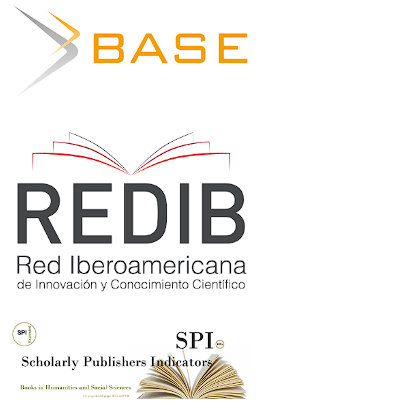Innovation Processes in Educational Contexts
Keywords:
Education, ethics, artificial intelligence, generative artificial intelligence, critical thinking, computational thinkingSynopsis
In this article we discuss the topic of Artificial Intelligence (AI), its concept and some descriptions made of it, including the most recent one called “generative” (GAI). We have related both concepts IA and GAI with what was discussed in a recent Seminar, to make it more complex in three nodes: 1) critical thinking and its relationship with computational thinking, 2) ethics as a philosophical area that allows approaches around deontic implications that are emerging in the generation and use of AI and GAI; finally, 3) the impact on education, given that their use generates challenges for their teaching, their learning, their applications and, in particular, their relevance in vocational training. The 3rd Seminar held last September showed the need to clarify the relationship and importance of relating these concepts to specify lines of generation and application of knowledge. Lines that allow these 4 concepts to be articulated, examine problems, theses, arguments, and challenges that the CA-350 can, in connection with other CAs, pose for possible university research projects.
Chapters
-
Social Innovation And Educational Innovation. An Ethical-Political Proposal In Researchers’ Formation
-
Educational Innovation in Engineering Mathematics Education: From Paper to Computational Simulation
-
Teaching narratives of educational innovation from teaching practice
-
Educational Inclusion From The Human Rights Approach: Controversial Pedagogical Proposal
-
Artificial intelligence: Critical thinking, ethics and impact on education
References
Campirán (2017, p. 15): “ser capaces de re-plantear temas, problemas (posturas ante ellos), trasfondos, argumentos y ejemplos”
“las habilidades necesarias para programar, como se ha hecho notar, no solo están enfocadas en entender cómo funciona una computadora y qué es capaz de hacer, sino también en desarrollar herramientas y técnicas para analizar los problemas y diseñar sus posibles soluciones” (Bordignon & Iglesias 2019, p. 11).
Lo sorprendente de las herramientas que emplean técnicas de Inteligencia Artificial (IA) para generar texto, imágenes, audio, video y más, es potenciado por la tendencia que tenemos como humanos de antropomorfizar todo aquello con lo que interactuamos. Sin embargo, a diferencia de tecnologías pasadas, donde no influían de manera activa en el proceso creativo, estas nuevas herramientas tienen la capacidad de generar propuestas ajenas a nosotros. Esto significa que de manera similar a como evaluamos las capacidades de otra persona para aceptarlas en nuestro equipo, necesitamos entender y evaluar las capacidades que la tecnología ofrece. Esto último, se vuelve de suma importancia para evitar problemas con los productos generados, ya sean objetos o ideas. [cursivas para enfatizar] (Y. Aguas-García, comunicación personal, 19 de octubre de 2023).

Downloads
Published
Series
License

This work is licensed under a Creative Commons Attribution-NonCommercial 4.0 International License.


